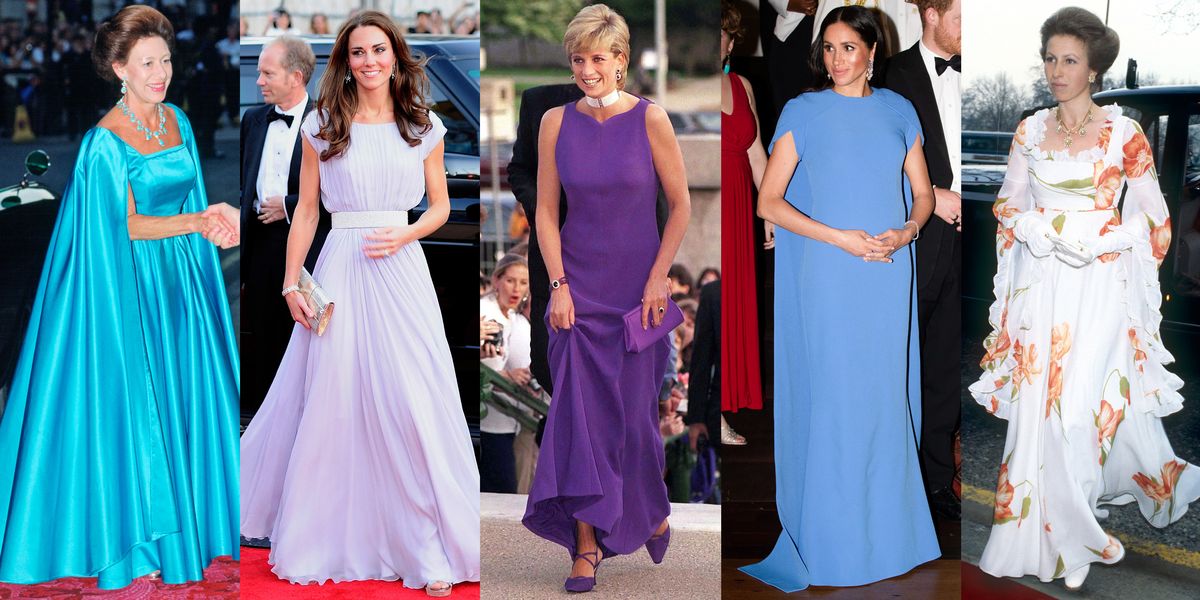Gowns for Every Occasion

Gowns for women have been an important part of fashion for centuries. From the elaborate ballgowns of the 18th century to the sleek, modern gowns of today, they have always been a symbol of elegance and femininity. The history of the gown dates to ancient times, where women wore long, flowing robes made of silk or other luxurious fabrics. These gowns were often adorned with intricate embroidery or beading and were reserved for the wealthy and powerful. During the Middle Ages, gowns became structured and began to feature more elaborate details, such as corseted bodices and full skirts. These gowns were worn by women of all classes, but the most elaborate gowns were still reserved for royalty and the nobility. In the 18th century, gowns became even more elaborate and ornate, with the rise of the Rococo and Baroque styles. Women wore voluminous gowns with hoops and bustles, adorned with lace, ribbons, and other decorative details. These gowns were often worn to court events and formal occasions and were a symbol of wealth and status.
By the 19th century, gowns became simpler and practical, as women began to participate in active pursuits. Gowns were still worn for formal occasions, but they were less elaborate and featured streamlined silhouettes. The rise of industrialization also meant that gowns could be produced quickly and affordably, making them accessible to women of all classes. In the 20th century, gowns underwent a series of transformations as fashion trends changed. The 1920s brought about the rise of flapper style, which featured short, loose gowns with dropped waists and beaded detailing. In the 1950s, gowns became better structured and feminine, with full skirts and cinched waists. And in the 1960s, gowns became streamlined and minimalist, as the influence of the mod and hippie movements took hold.
Today, gowns continue to be an important part of women’s fashion, and are worn for a variety of formal occasions, from weddings to proms to red carpet events. They come in a wide range of styles, from classic ballgowns to sleek, modern designs, and can be made from a variety of fabrics, from silk to chiffon to tulle. While gowns have evolved over the centuries, they continue to be a symbol of elegance and femininity and remain an important part of women’s fashion. Whether you prefer a classic, timeless style or a modern, edgy design, there is a gown out there for every woman to feel confident and beautiful in.
Salwar suits online
Salwar suits are a traditional attire that originated in the Indian subcontinent. Salwar suits are worn by women of all ages and have become increasingly popular as a fashion choice worldwide. Technological upgradation and the rise of e-commerce has made it possible for people to buy salwar suits online, offering a convenient and efficient way to shop for this traditional attire. The availability of salwar suits online has made it easier for people to explore a variety of designs and styles from the comfort of their homes. With the option to choose from a vast selection of fabrics, colours, and styles, shopping for salwar suits online has become an attractive option for those who are looking for convenience and variety.
One of the key advantages of shopping for salwar suits online is the variety of options that are available. Online retailers offer a vast selection of designs and styles, ranging from simple, elegant suits to heavily embroidered, intricately designed suits. This makes it easy for customers to find the perfect salwar suit for any occasion, whether it’s a formal event or a casual get-together with friends. Additionally, shopping for salwar suits online offers customers the ability to compare prices and find the best deals. Many online retailers offer discounts and promotions, making it possible to save money while still getting a high-quality, beautiful salwar suit. This also helps customers to stay within their budget and find the best value for their money.





